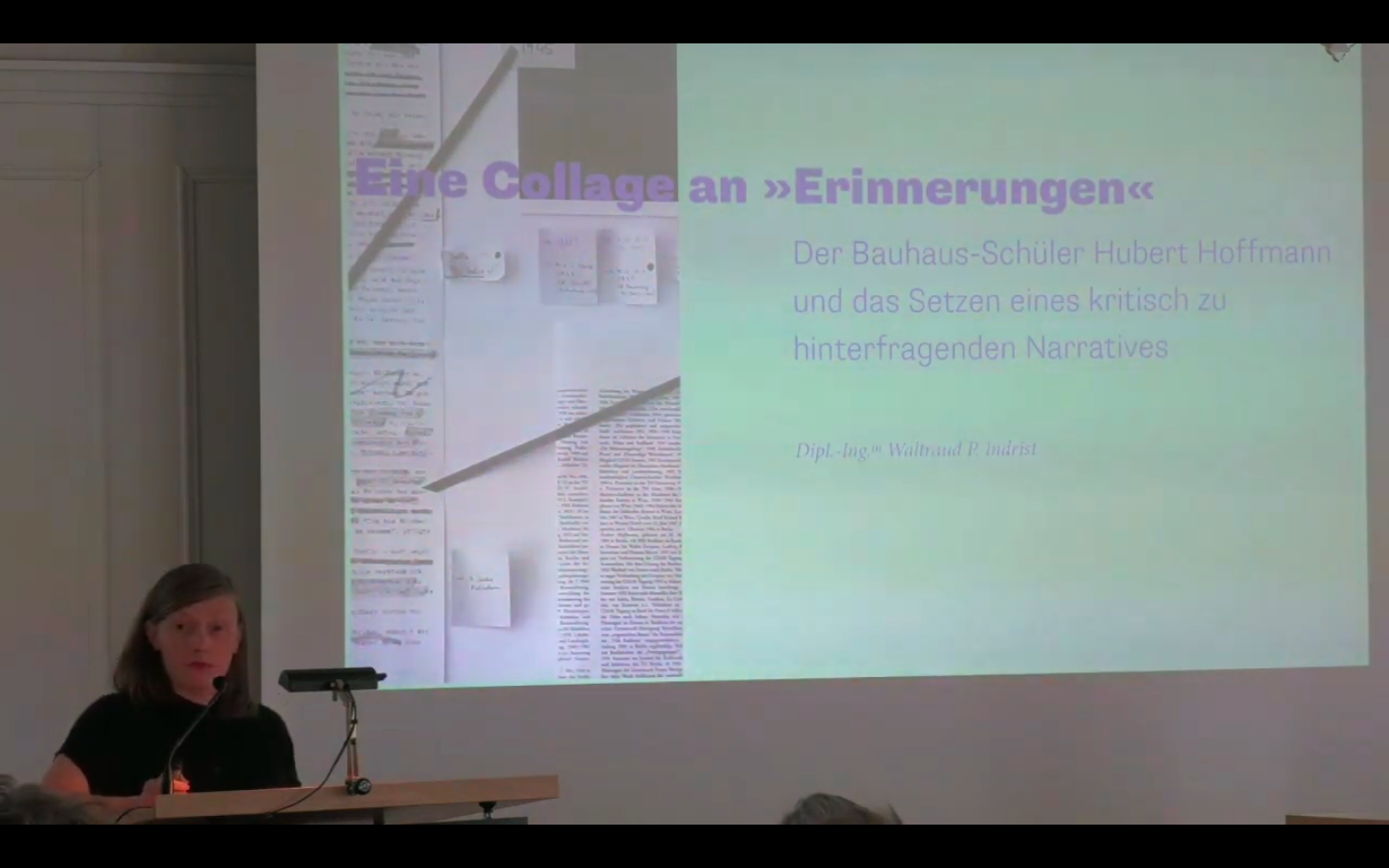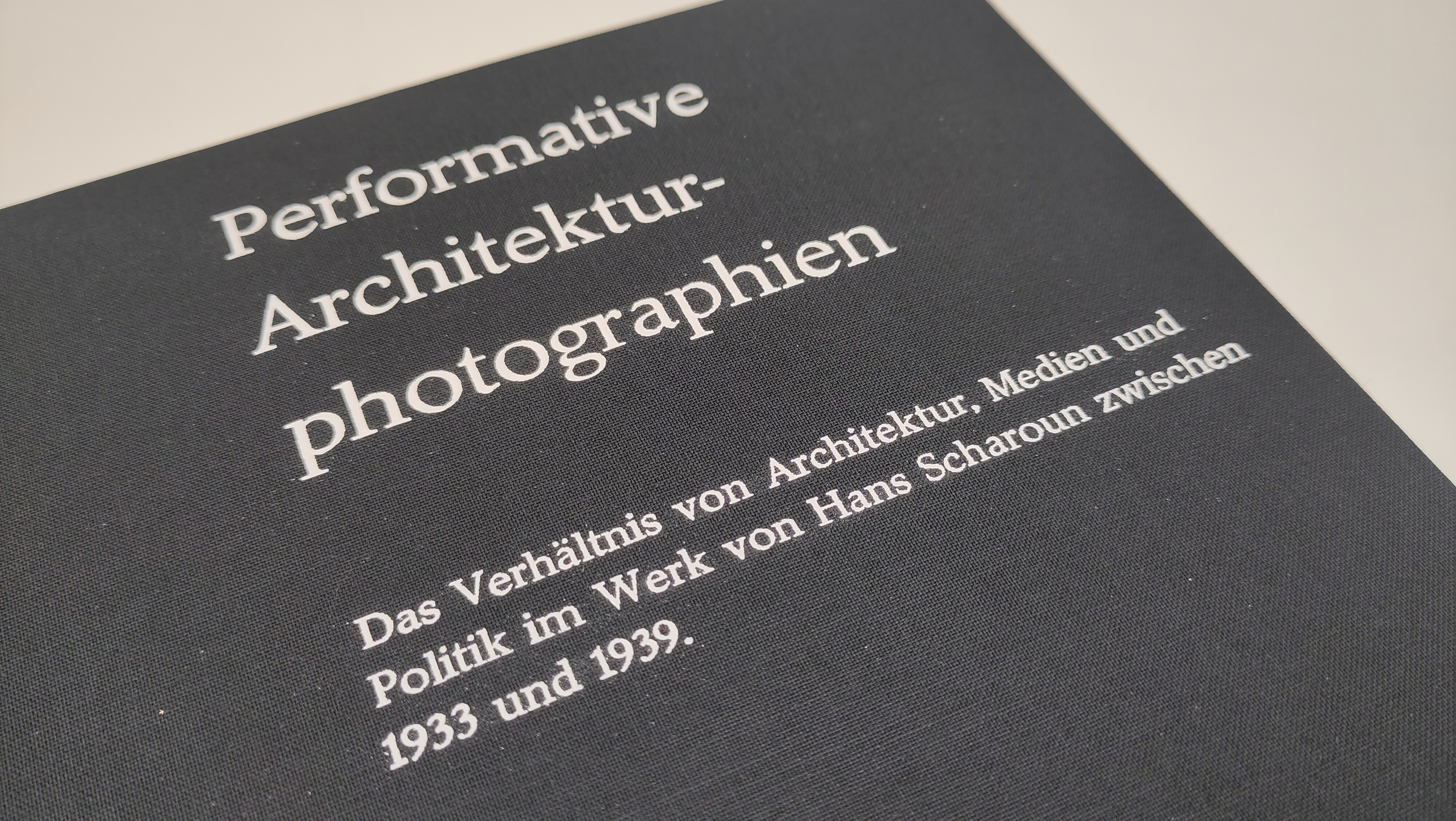The Relationship between Architecture, Media and Politics in the Work of Hans Scharoun between 1933 and 1939.
Rigorosum at the Institute for Art and Architecture (ika), Academy of Fine Arts Vienna, June 12, 2024
Supervision: Angelika Schnell, ika
Second Appraisal: Daniel Gethmann, Institute of Architectural Theory, Art History and Cultural Studies, Graz University of Technology
Head of Examination Panel: Ines Weizman, Royal College of Art, London
In the work of the architect Hans Scharoun (1893–1972), who is considered a modernist, there is a specific type of photography that has not yet been recognised by scholars.
This medium is characterised by the fact that it positions the individual photographed, whose identity I was able to reveal for the first time, just as centrally in the pictorial space as the architecture itself.
But what role does the human being play within this spatial concept? Hence, one of the central theses developed from this is that this medium has a communicative intention, which is why I refer to it as »performative architectural photography«.
Furthermore, not only can I date the first appearance of this photography to the summer of 1934, but at the same time a significant change in Scharoun’s architecture can be observed. With my dissertation, I will therefore show that performative architectural photography can be used as a pivotal means of knowledge to analyse and re-evaluate his transformed socio-spatial understanding in the years since the National Socialists came to power, 1933, until 1939. Alongside the established methods of analysing the understanding of space, I have developed a specific method (design-by-research) to generate new questions and findings: the »phenomenological-photographic re-enactment«.
The aim of the work is eventually to examine the question of how the architect Scharoun dealt with the social-political caesura after the National Socialists came to power. This reveals a variety of alternative strategies that have hardly been investigated to date, ranging from manoeuvring through and exploring possibilities within the Nazi regime to more active forms of distancing oneself.
Selected Works
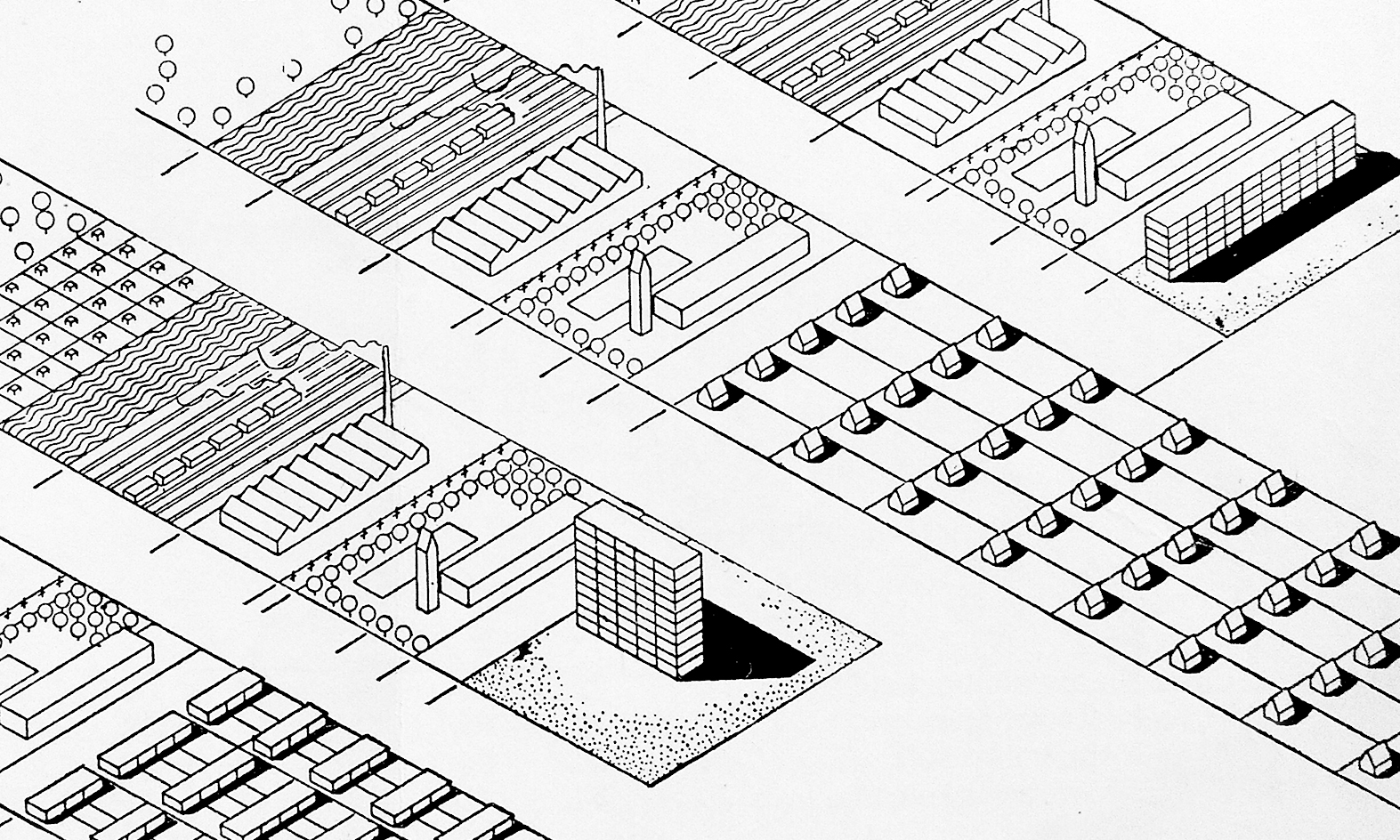
Roland RainerResearch
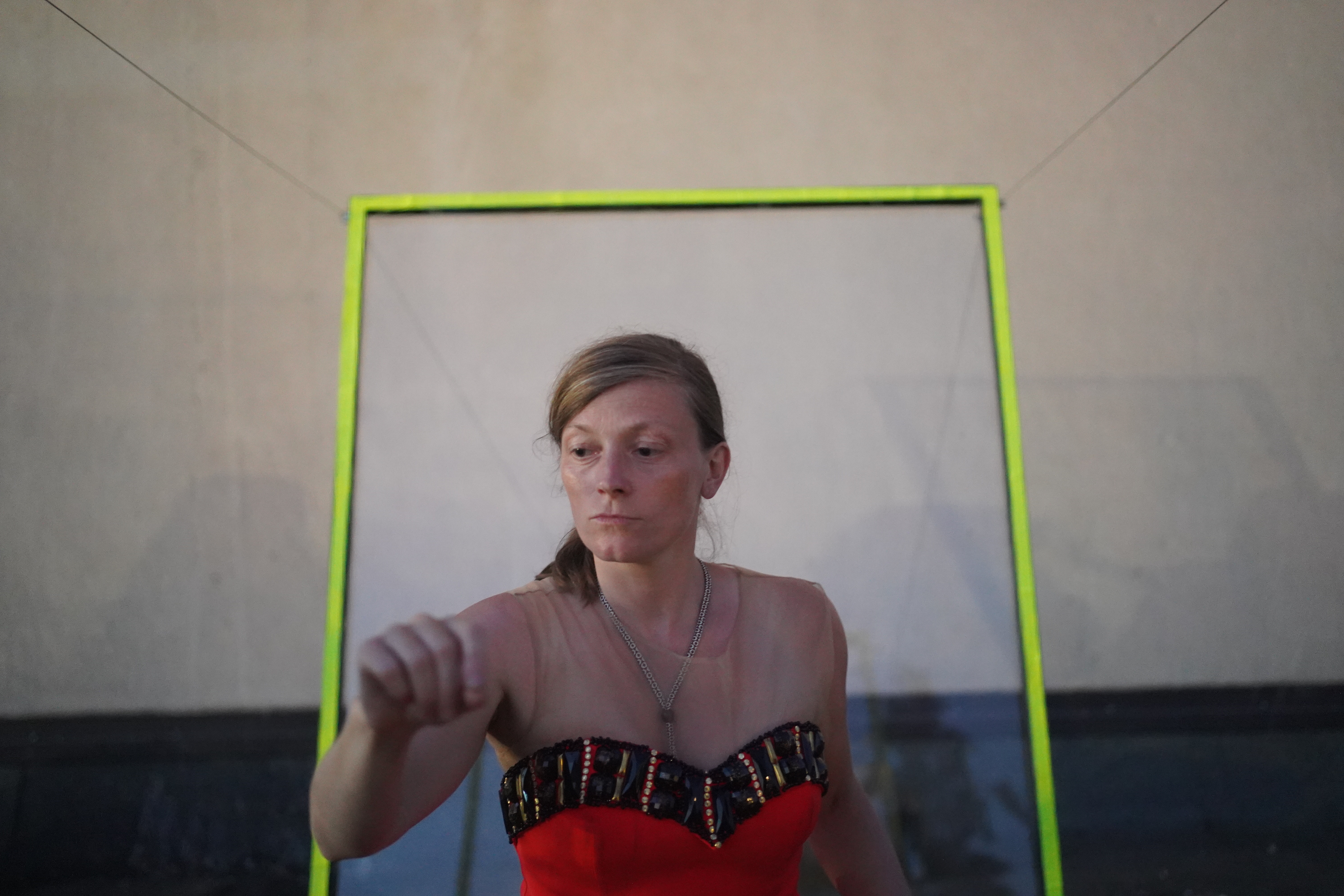
InterLUDiumArt Work
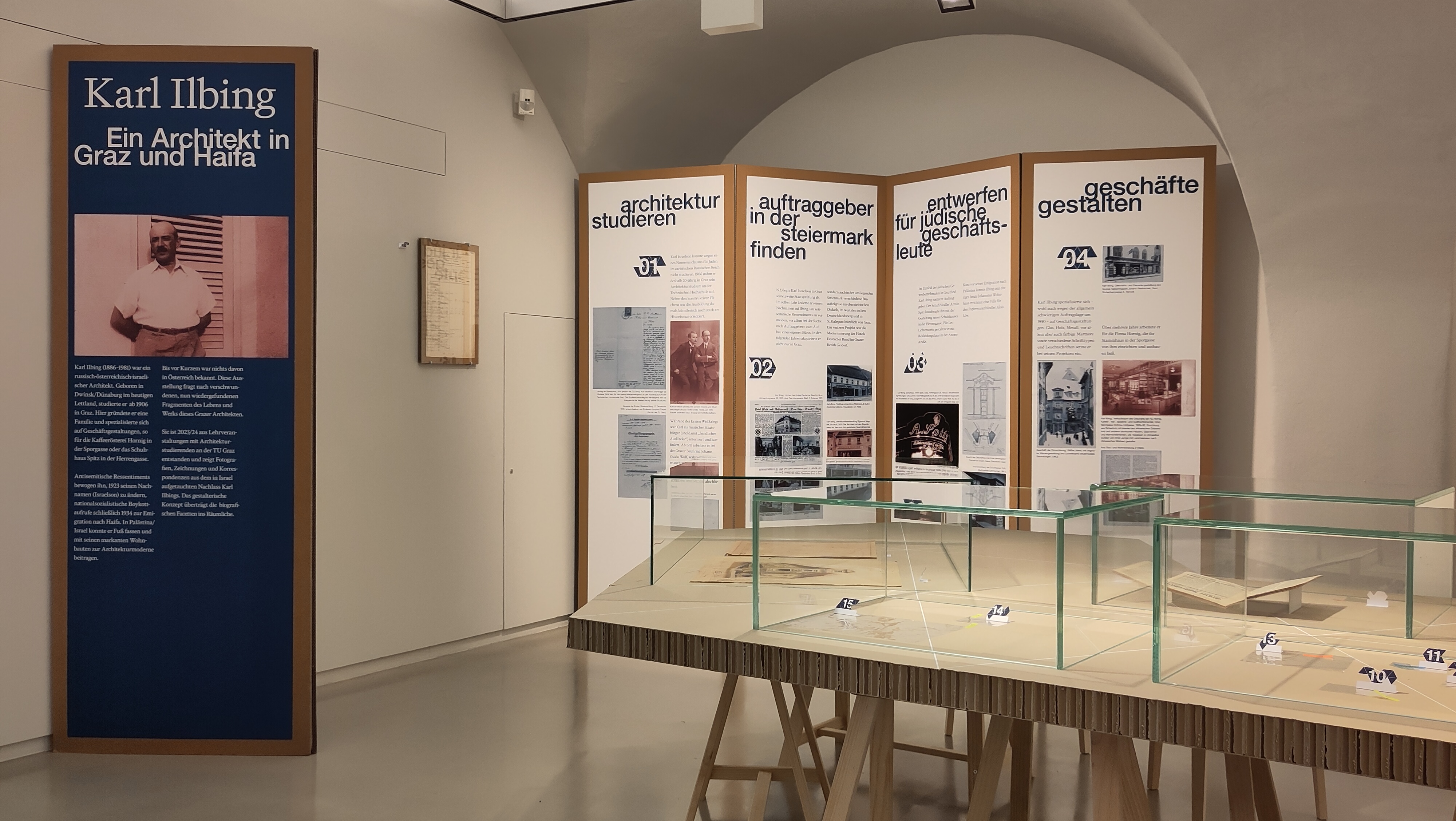
Karl Ilbing – How to Display an (Unknown) ArchitectExhibition Design
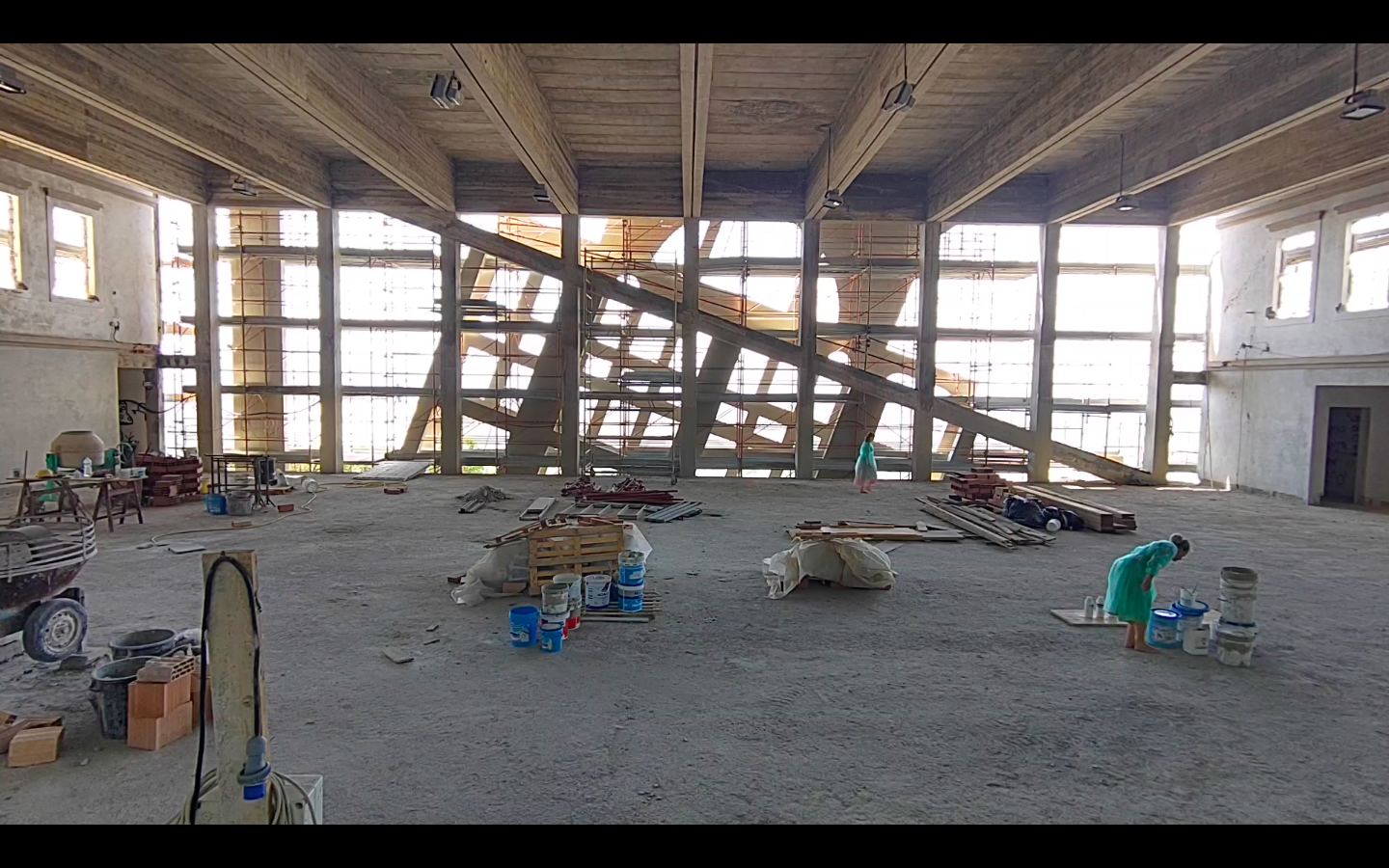
Fuksas ErbenArt Work
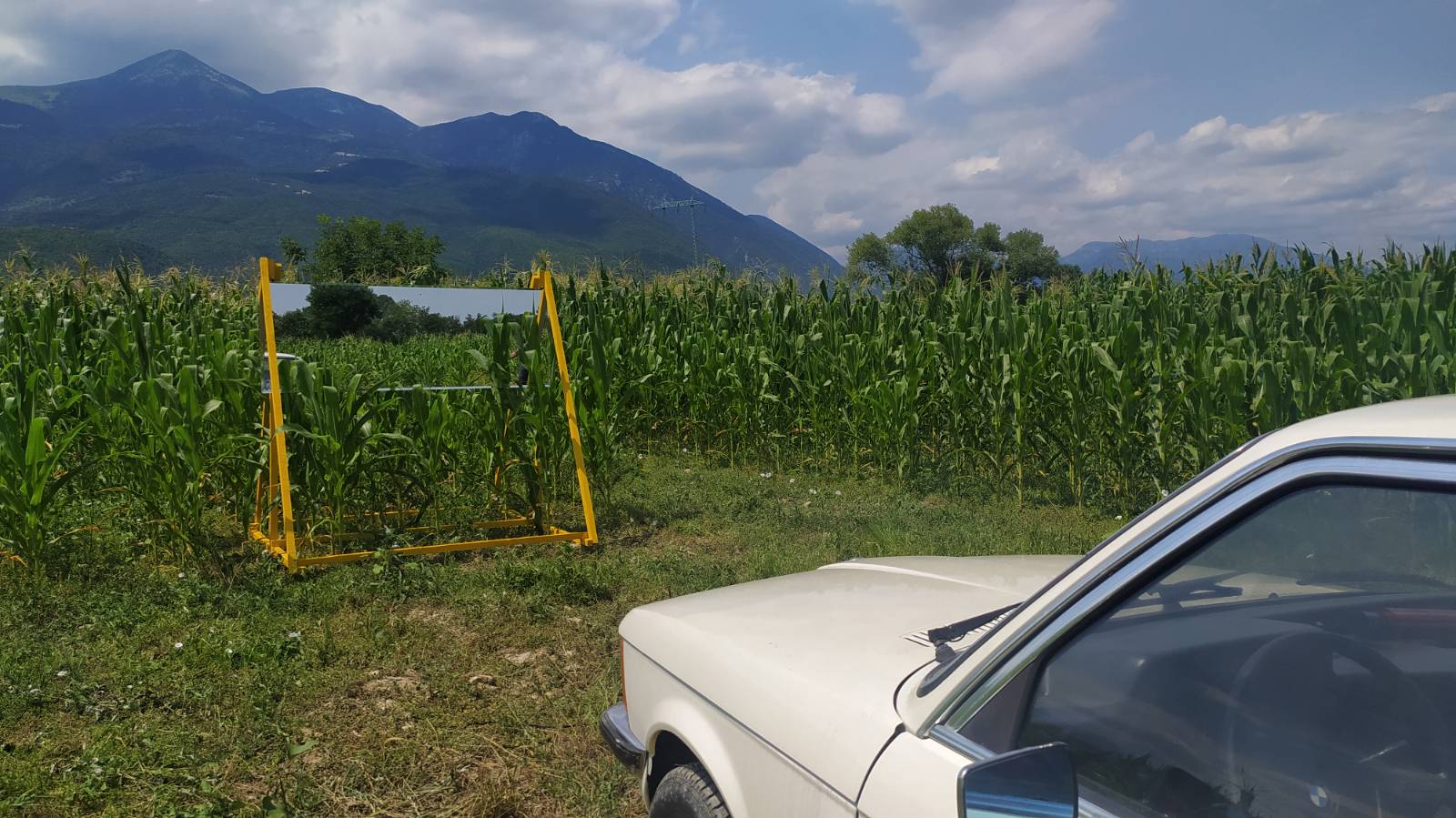
Jusuf Gërvalla’s WindowArt Work
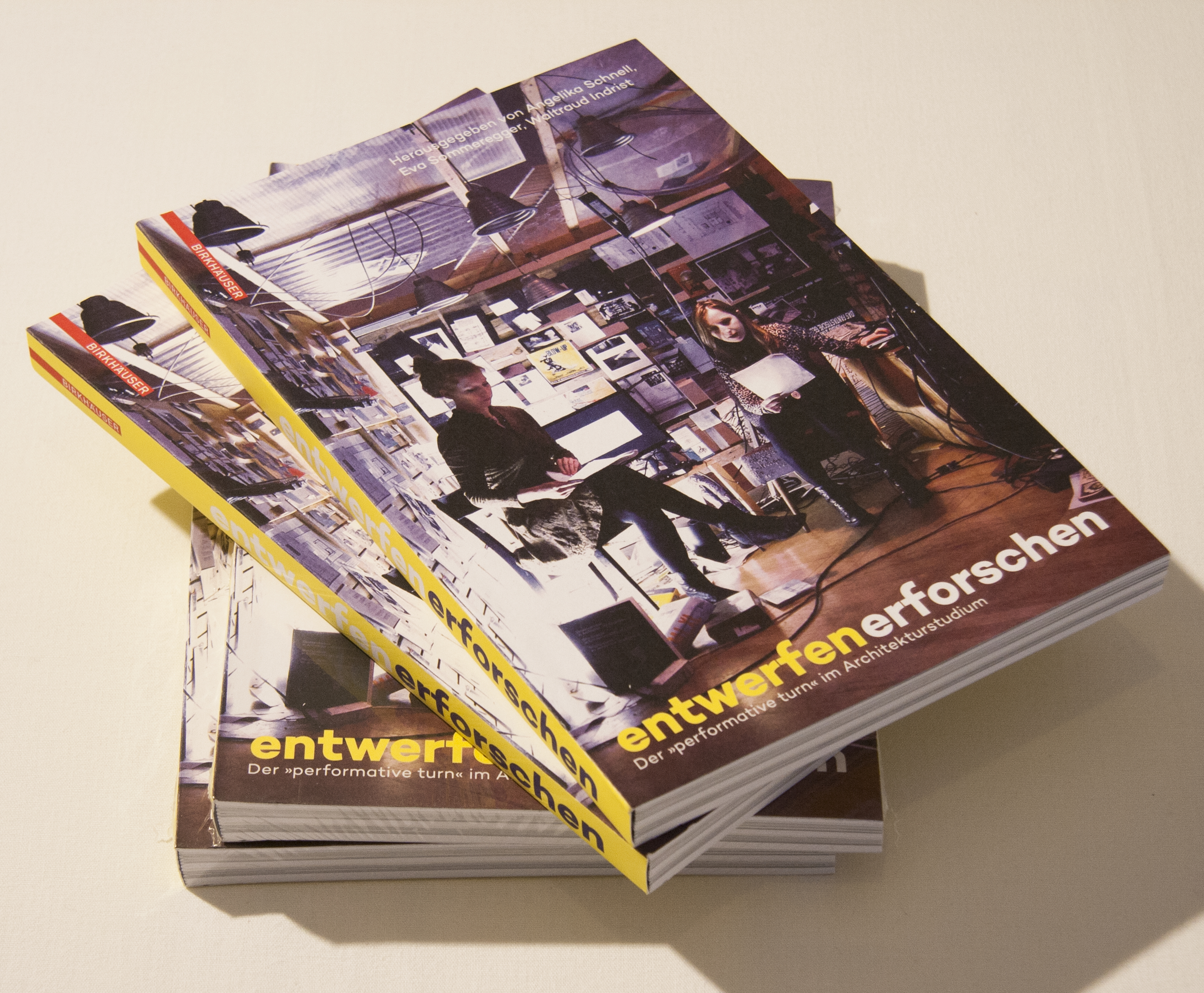
Entwerfen ErforschenPublication
